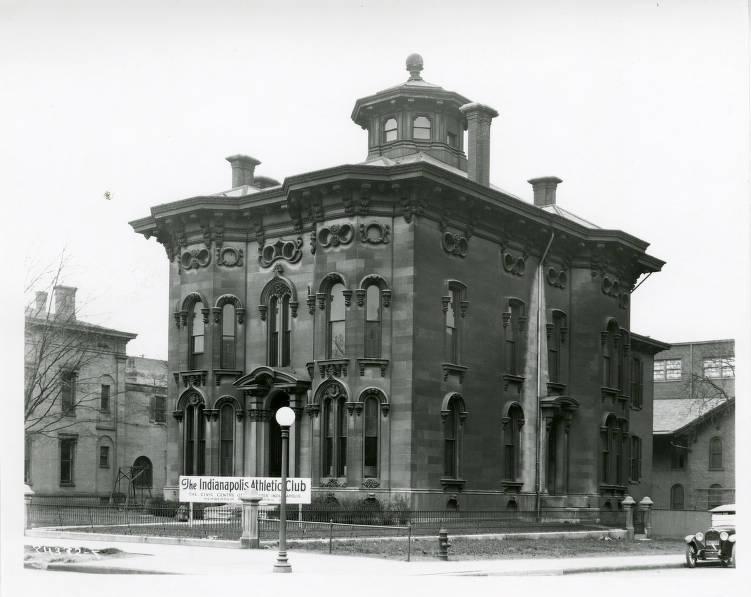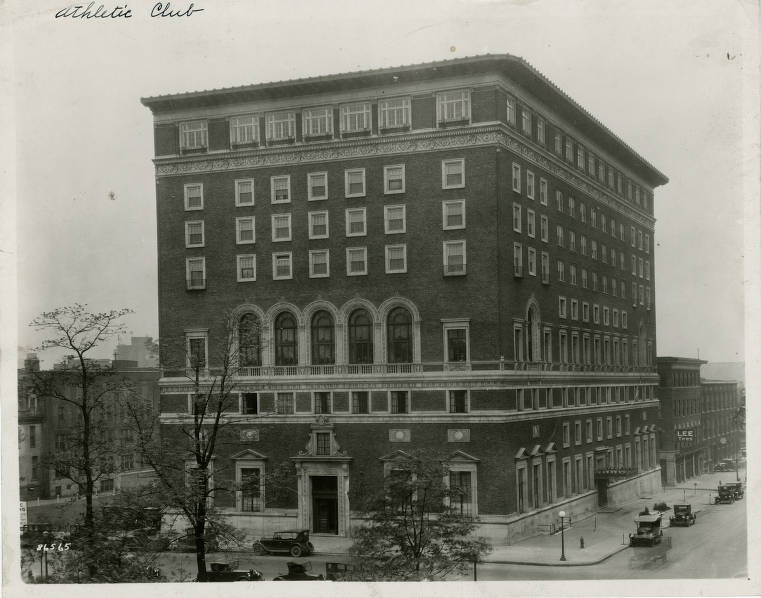The Indianapolis Athletic Club (IAC) was incorporated in 1920 by a group of Indianapolis businessmen to “promote clean sports, amusement, and sociability” among members. The clubhouse, a nine-story structure at Meridian and Vermont streets, was completed in January 1924.

Although established as an athletic and social club, the IAC also became known for its professional and political (especially Democratic) connections. Members included businessman , and publisher , Democratic national committeeman , and Indiana governor Paul McNutt. The club included several U.S. presidents among its guests.
The institution remained faithful to its athletic origins, however, winning several swimming championships during the 1950s and sending four swimmers to the 1960 Olympics—including , son of the chairman of the Democratic National Committee and an IAC member.
During the 1970s and 1980s, the IAC made a number of changes. In addition to extensive renovations, the club admitted its first African American members in 1972 and gave the first voting membership to a woman in 1980.
In 1984, the IAC established the Indianapolis Athletic Club Foundation. The Foundation initiates and organizes community events, including the St. Patrick’s Day Parade, Greening of the Canal, Shamrock Walk, and Old Oaken Bucket Luncheon. Proceeds support such causes Special Olympics, , and youth athletics.

The club made national headlines in February 1992 when a faulty refrigerator caused a fatal fire (see ) while jury members for the rape trial of world heavyweight boxing champion were sequestered in the guest facilities. The fire led to significant changes in the training, equipment, and organization, and response to such major fires.
The IAC closed in 2004, although the Foundation continues. The club could no longer survive financially. A private developer purchased and restored the building retaining many historical original architectural features of the club and adapting its use for condominiums. There are more than 80 condominium units in the building. Hoosier musician John Mellencamp once owned the dramatic first-floor condominium.
The public rooms of the building retain their classical details, function, and layout, including the lobbies, lounge rooms, dining areas, and ballroom. In the western portion of the building that housed athletic facilities, the basketball court remains intact.
The building was listed on the National Register of Historic Places in 2015.

Help improve this entry
Contribute information, offer corrections, suggest images.
You can also recommend new entries related to this topic.